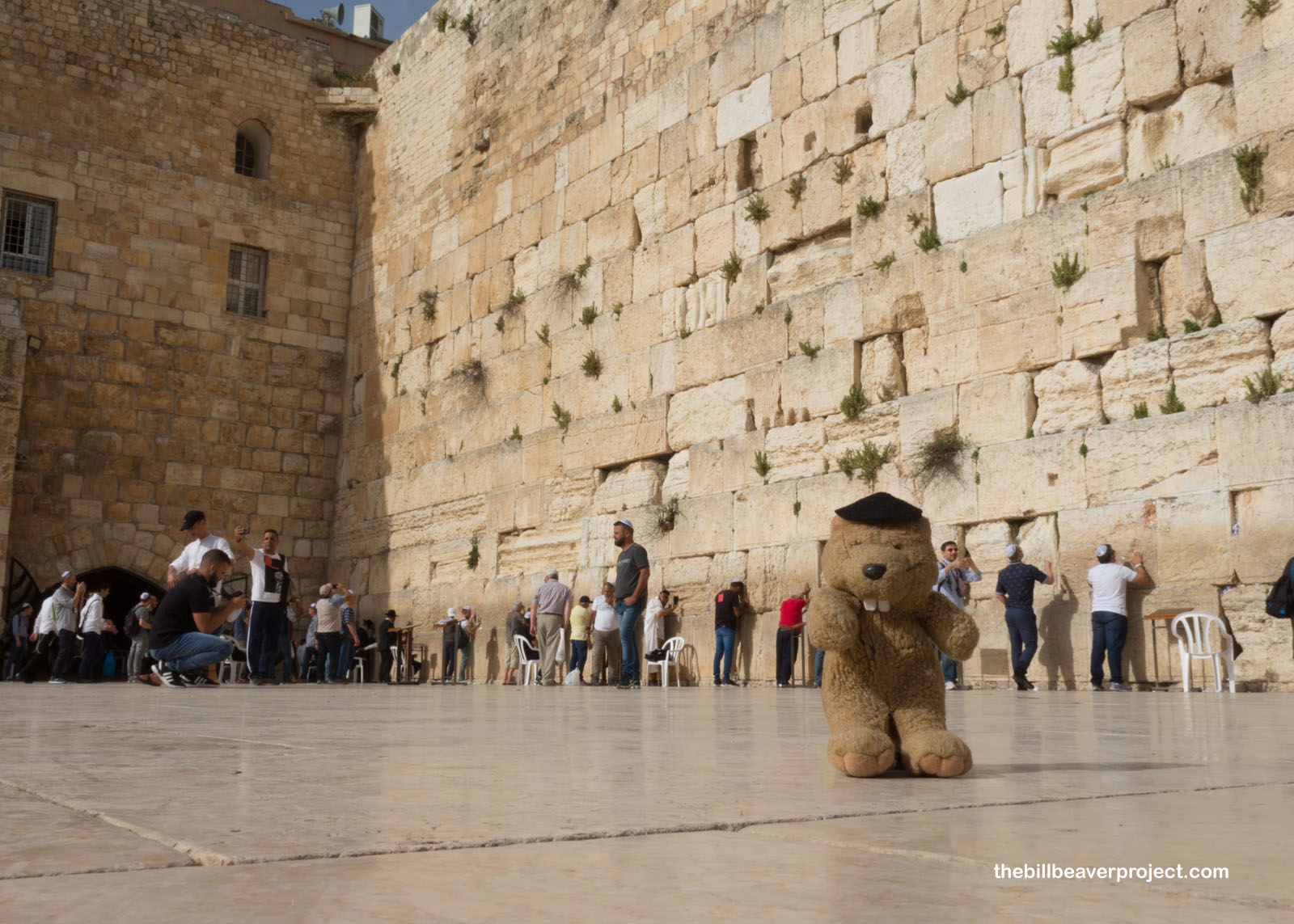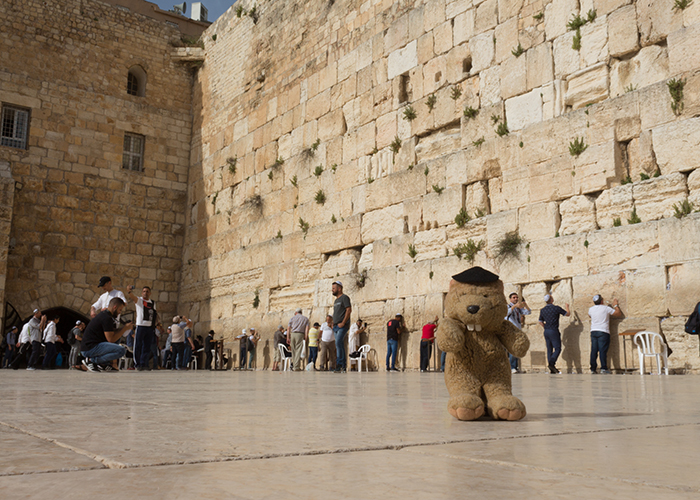| What makes it historical? |
In the history of Judaism, there have been two Temples built to house the essence of G-d. The first, built by King Solomon around 1,000 BC, contained a room called the Holiest of Holies, where the Ark of the Covenant and the Ten Commandents were kept. It was run by priests—not to be confused with rabbis (teachers)— who traced their lineage to Aaron, brother of Moses! This was not only a center of Jewish worship but also designed to be a place where non-Jews could discover and worship G-d too! It remained as such until 587 BC, when the Babylonian army, led by Nebuchadnezzar, conquered Jerusalem and destroyed the Temple!
After half a century, Babylon fell to Persia, and Jewish folks were permitted to return to Jerusalem. There, they built a smaller version of the Temple around 516 BC in roughly the same place on Mount Moriah, and it stood for about half a millennium until Herod I (the Great) took the throne! He wanted to leave a legacy in stone and set to rebuilding the Temple on a far grander scale! During this time, Jerusalem was under Roman dominion, and though Herod’s Temple was indeed impressive, it lasted less than a century, because the Romans under Titus destroyed the Second Temple in 70 AD to suppress a revolt! All that remains today is this Wall.
The centuries were not kind to the ruined Temple, and it wasn’t until 1967, after the Six-Day War that folks started to excavate the Wall, which had been built over, in a process that took 20 years! Today, this Western Wall, also known as the Wailing Wall (Kotel in Hebrew) is a major pilgrimage site for Jews from around the world! Here, they write down prayers to G-d and stuff them into cracks and crannies within the limestone. Some pray outside, and some go to the quiet, indoor area, though only men are allowed inside. All are welcome, but be sure to cover your head, or pick up a free yarmulke before approaching! |



